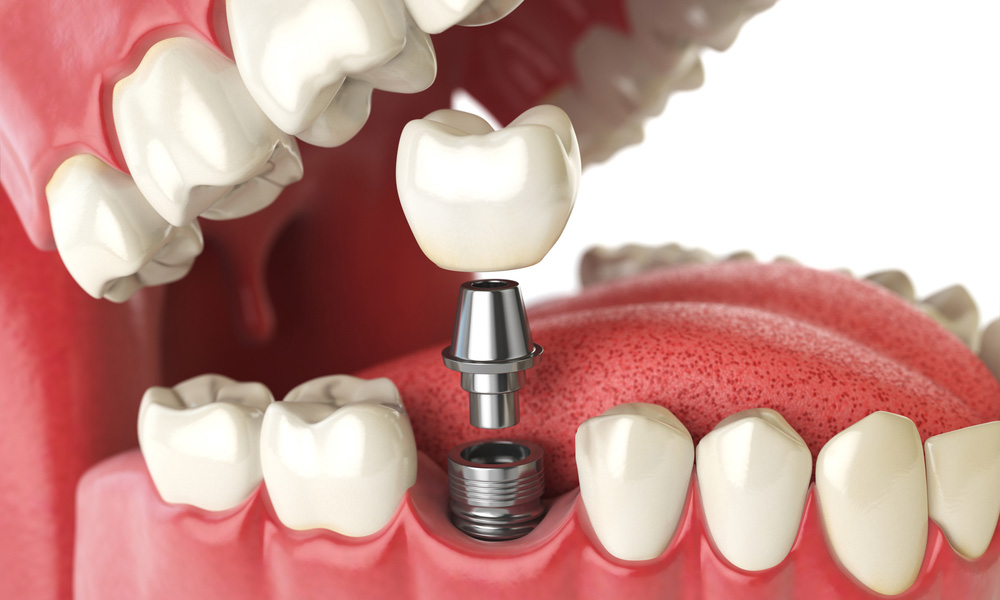
Dental implant surgery replaces missing or damaged teeth with artificial ones that look and function like real teeth. The procedure uses metal posts that act as roots and support the new teeth. Dental implants are a good option when dentures or bridges don’t fit well, or when the jawbone can’t support other types of replacements.
The type of implant and the condition of your jawbone decide how the surgery is done. Understanding the dental implants cost can help you plan your treatment effectively. It usually involves several steps over a few months, since the bone needs time to heal and attach firmly to the implant. This healing gives strong support for the new teeth.
Why It’s Done
Dental implants are placed in the jawbone, where the titanium metal fuses with the bone. This makes them stable, quiet, and strong — unlike dentures or bridges that might slip or cause bone damage. Implants also don’t decay like natural teeth.
You may be a good candidate for implants if you:
- Have one or more missing teeth.
- Have a fully grown jawbone.
- Have enough bone or can get a bone graft.
- Have healthy gums.
- Don’t have medical issues that slow bone healing.
- Don’t smoke and can commit a few months to the process.
Risks
Like any surgery, there are small risks, but they’re usually minor and easy to treat. Possible risks include infection at the implant site, injury to nearby teeth or blood vessels, nerve damage (causing pain or numbness), or sinus issues if implants in the upper jaw reach the sinus cavity.
Preparing for Surgery
The planning process often involves specialists such as oral surgeons, periodontists, or prosthodontists. Before surgery, you’ll get:
- A full dental exam with X-rays or 3D images.
- A medical history review.
- A custom treatment plan made for your needs.
You’ll also discuss anesthesia options, local anesthesia, sedation, or general anesthesia, and may need to avoid eating or drinking beforehand.
What to Expect
Dental implant surgery happens in stages:
- Removing any damaged tooth.
- Preparing the jawbone (bone graft if needed).
- Placing the implant post.
- Allowing bone growth and healing.
- Attaching an abutment.
- Placing the artificial tooth.
Bone grafting may be required if the jawbone is too soft or thin. The graft can be from your body, a donor, an animal source, or synthetic material.
After Surgery and Results
Some swelling, bruising, and pain are normal. You may need soft foods and medications. Stitches usually dissolve on their own.
Most implants are successful, with over 95% success rates. To keep them strong, maintain good oral hygiene, visit your dentist regularly, and avoid bad habits like smoking or chewing hard foods.




